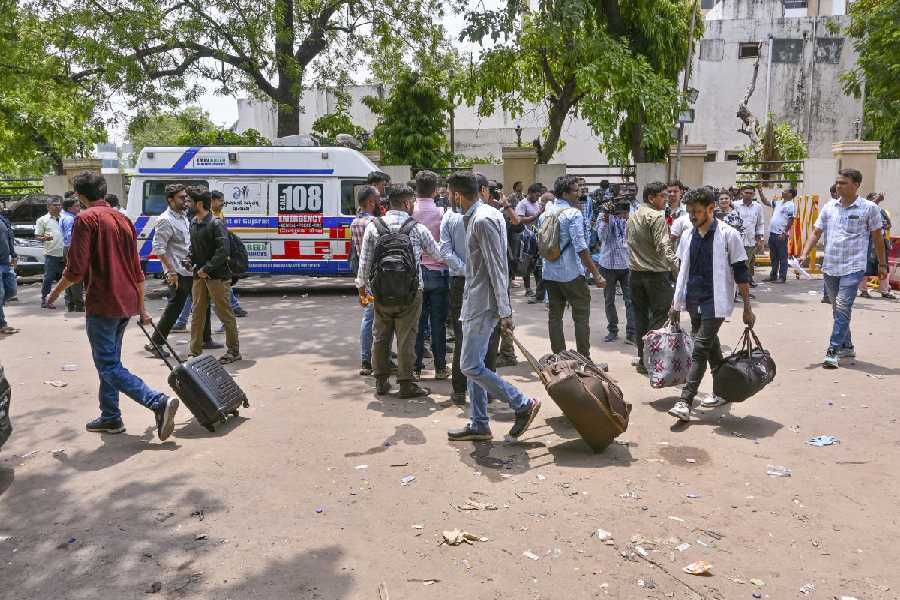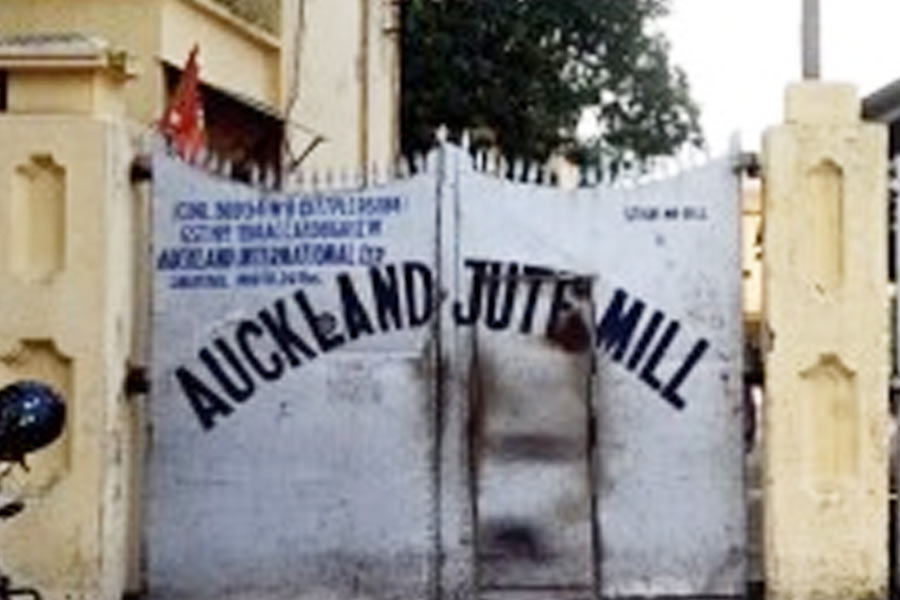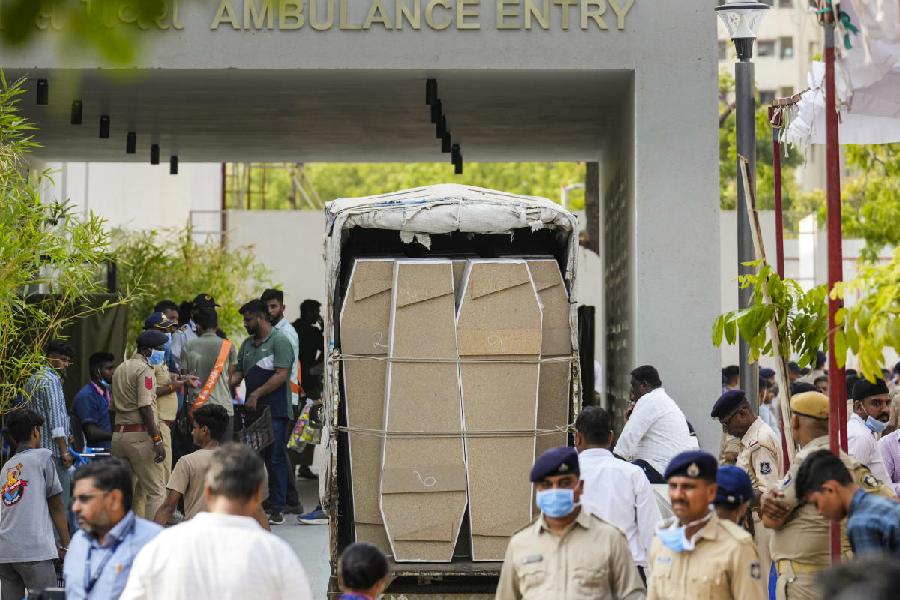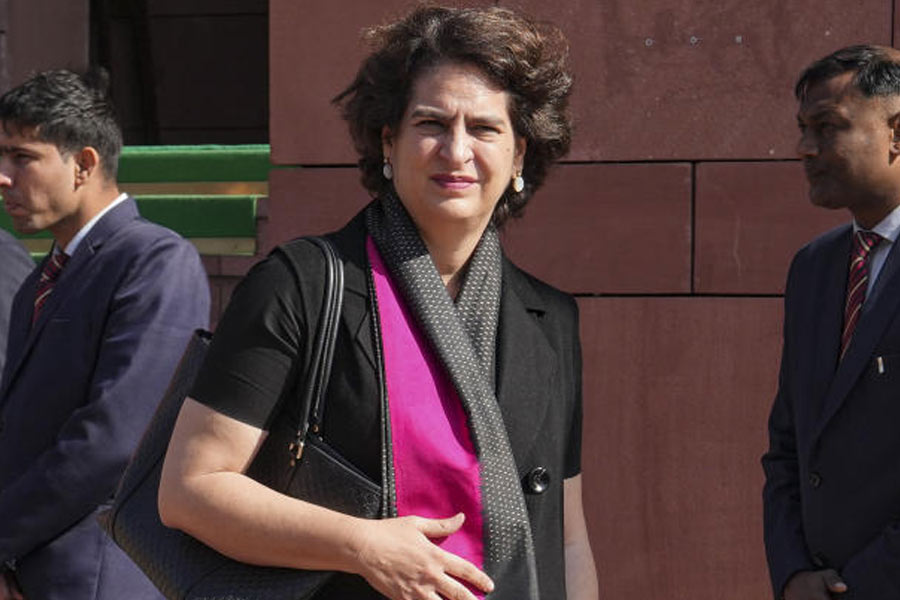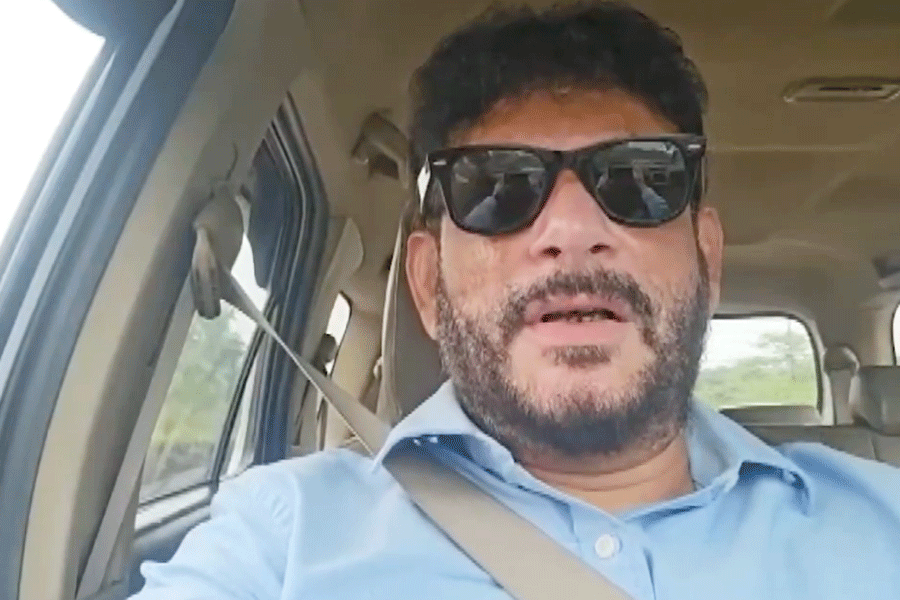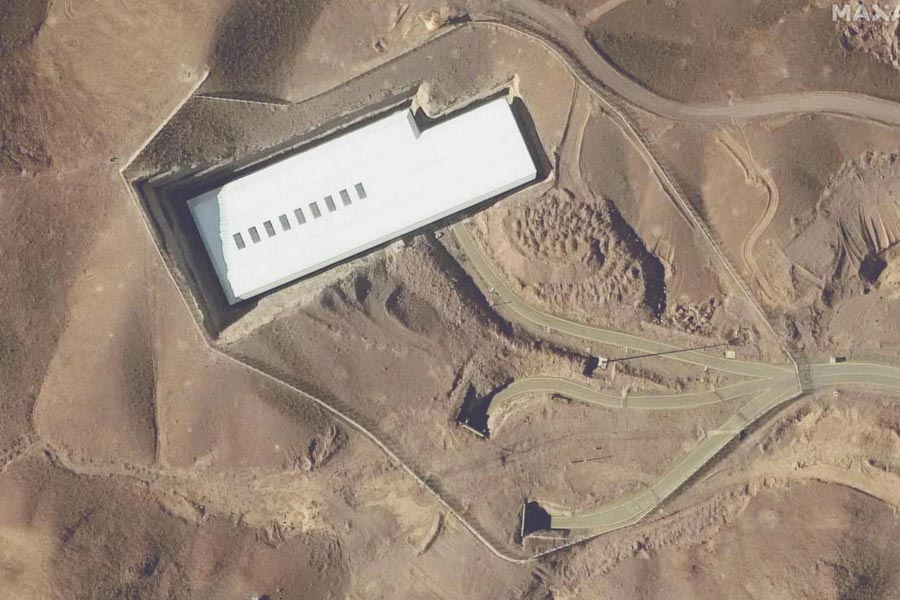 |
| Jyotsna and her doctors on Friday. (Bhola Prasad) |
During her childhood, 15-year-old Jyotsna had to miss school a lot because of recurring bouts of cough, cold and fever. And when her father found out she was suffering from a rare congenital heart condition, he was crestfallen as he realised he would find it difficult to raise money for the procedure needed to save his daughter.
Last August, the intermediate arts student of Ghatshila College was operated upon successfully at Brahmananda Narayana Hrudayalaya multispecialty hospital, a unit of Bangalore-based Devi Shetty’s Narayana Hrudayalaya, at Tamolia, about 10km from Jamshedpur.
The hospital agreed to do the procedure within Rs 1.3 lakh when the actual cost, according to spokesperson Rohit Kumar, was around Rs 1.5 lakh. “One of our trustees contributed Rs 12,000,” he said.
Jyotsna’s father, Subodh Kumar Mahto, a casual worker at a small-scale industry at Gamharia in neighbouring Seraikela-Kharsawan district, earns a monthly salary of Rs 5,000.
Yet, he managed to put together Rs 1 lakh. He also got around Rs 37,000 from the state government by virtue of holding a BPL (red) card. That did it.
When Mahto brought Jyotsna to the hospital, doctors explained to him that she was suffering from “patent ductus arteriosus (PDA)”, a rare heart condition found in one among 10 lakh children. She was advised to stay away from college, as the hospital planned her treatment.
“PDA is a rare congenital disorder due to which a normal blood vessel that connects two major arteries supplying blood from the heart to the developing foetus, fails to close after birth. This is a normal foetal blood vessel in all babies that closes soon after birth. But, in her case it had not closed,” explained Dr Pankaj Kumar Gupta, consultant paediatric cardiologist at the hospital who conducted the surgery with Dr Amitabha Chattopadhyay, senior consultant interventional paediatric cardiologist.
Timely diagnosis of such a condition is a challenge as early symptoms are uncommon. “During the first year of life, there is difficulty in breathing and poor weight gain. PDA is common in patients with persistent respiratory problems such as hypoxia, and has high occurrence in premature children. PDA, if untreated, may lead to heart failure as the patient grows up,” Dr Chattopadhyay said, adding that this was the first time that such a procedure had been conducted in eastern India.
Now nearly two months after the procedure, Jyotsna is doing well. Thanks to follow-ups and medication, she has been able to join college. “I am feeling good and attending classes regularly,” she said.
Chattopadhyay explained that Jyotsna’s procedure was done through the jugular vein in the neck as opposed to veins in the leg. “Normally, the procedure involves the PDA being closed by using a device that is made of nickel and titanium alloy, imported from America. The device is introduced through the vein of the leg and with the help of delivery cables and catheters. It is then carried to the heart to close the blood vessel,” the doctor said.
But both veins in Jyotsna’s legs turned out to be abnormal. Hence, the procedure could not be done in the normal way. Cardiologists at the hospital were, therefore, left with two alternatives: either surgical closure or delivering the device through the neck veins or the aorta.
“Due to the large PDA, the aortic route was ruled out leaving jugular vein in the neck as the only option to deliver the device,” said spokesperson Kumar.
The procedure, challenging even for skilled experts, was successful. And two days later, Jyotsna was discharged from hospital. “However, we monitored her condition regularly. We were satisfied only after observing her for a month. Only then did we announce the success,” Kumar added.
Do you know anyone with any rare disease? Tell ttkhand@abpmail.com


